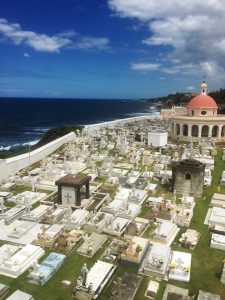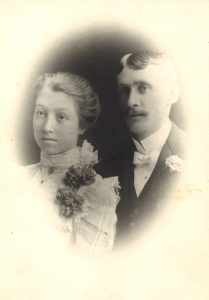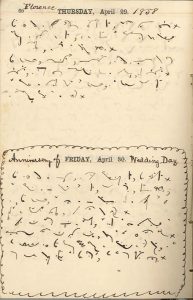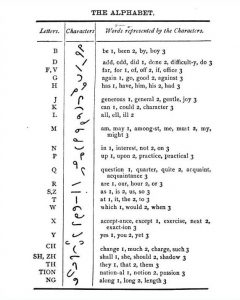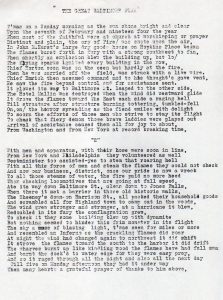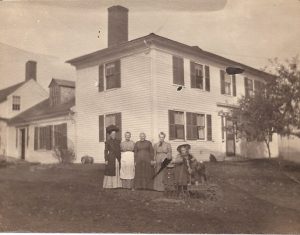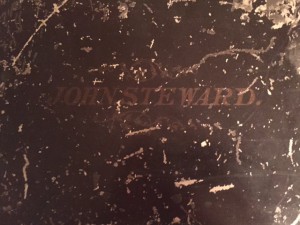
My grandfather’s childhood wooden alphabet letters stand on my kitchen fireplace mantel, designating the four families in my “family thicket” who have lived in this house since its construction in 1789: Williams, Saunders, Church, and Doerr. Researching our ancestors is one thing, researching house histories is another, but often they are irrevocably intertwined.
Researching the life and family of Asa Williams, the cordwainer, tanner, blacksmith, and farmer who built My Old House, means that I also research the house itself. Through vital records, census records, and local histories combined with deeds and probate records, I have tried to find the stories, from Asa’s purchase of the land in 1777 to the shoe last which fell out of my ceiling. Continue reading ‘If this house could talk’
